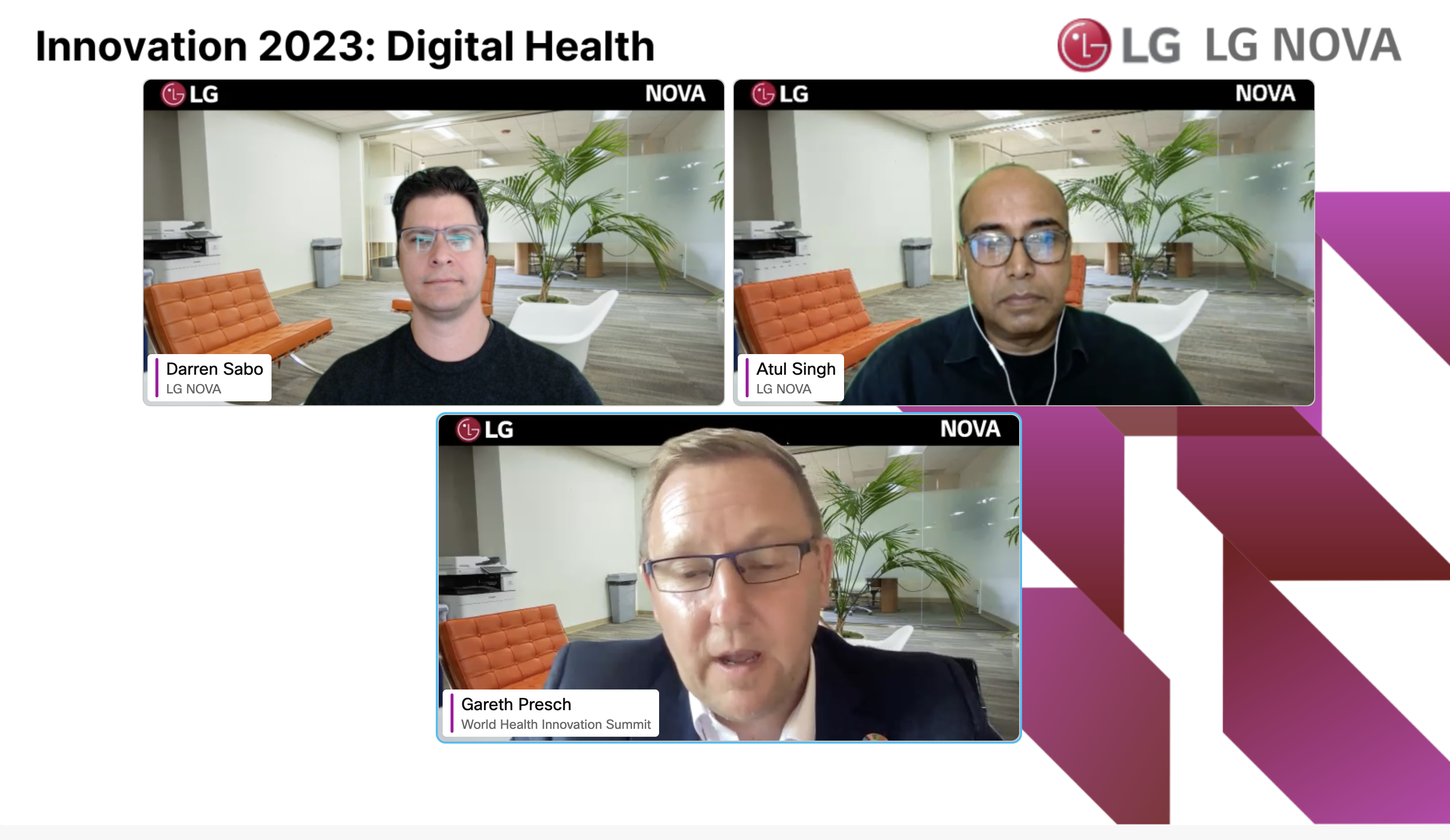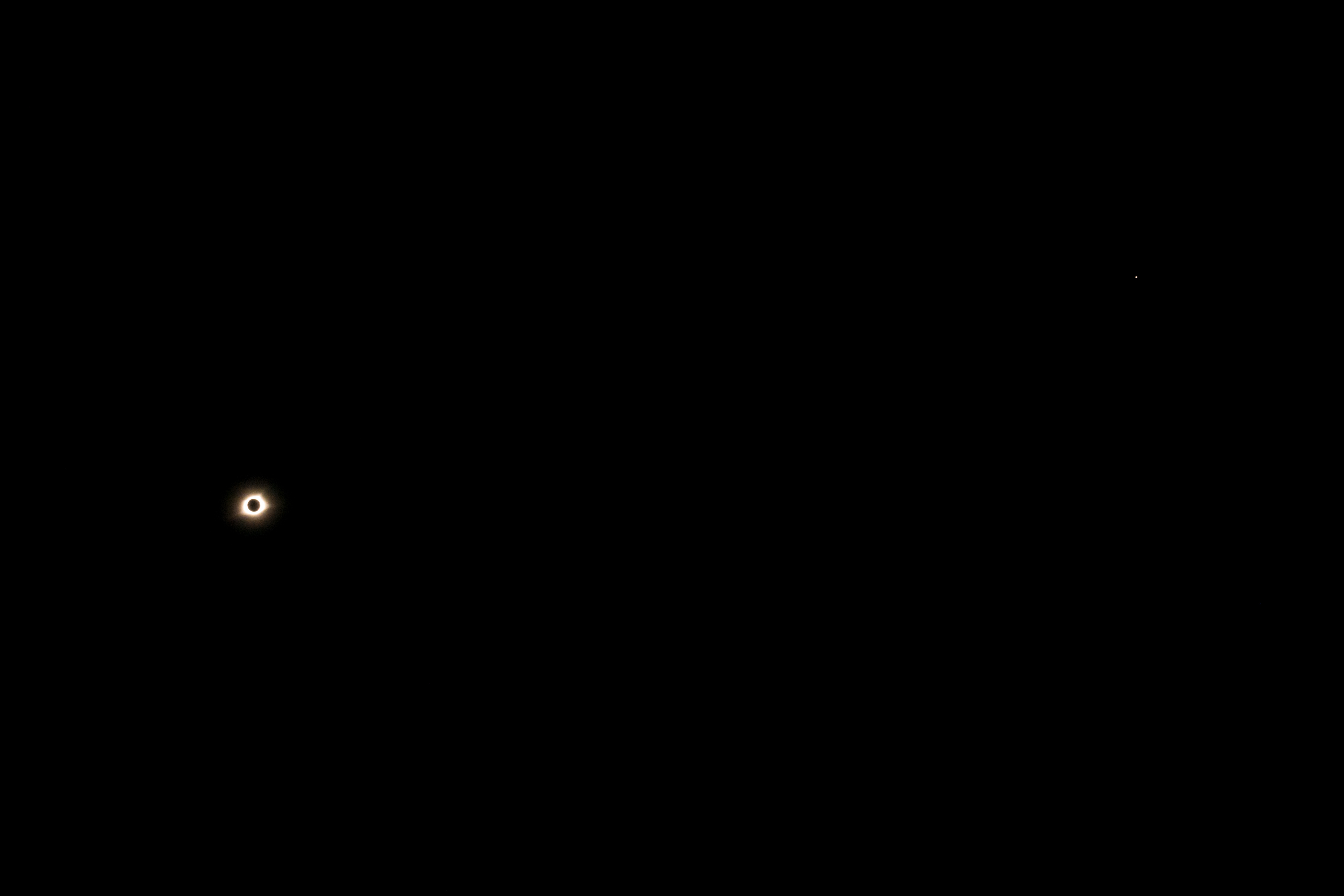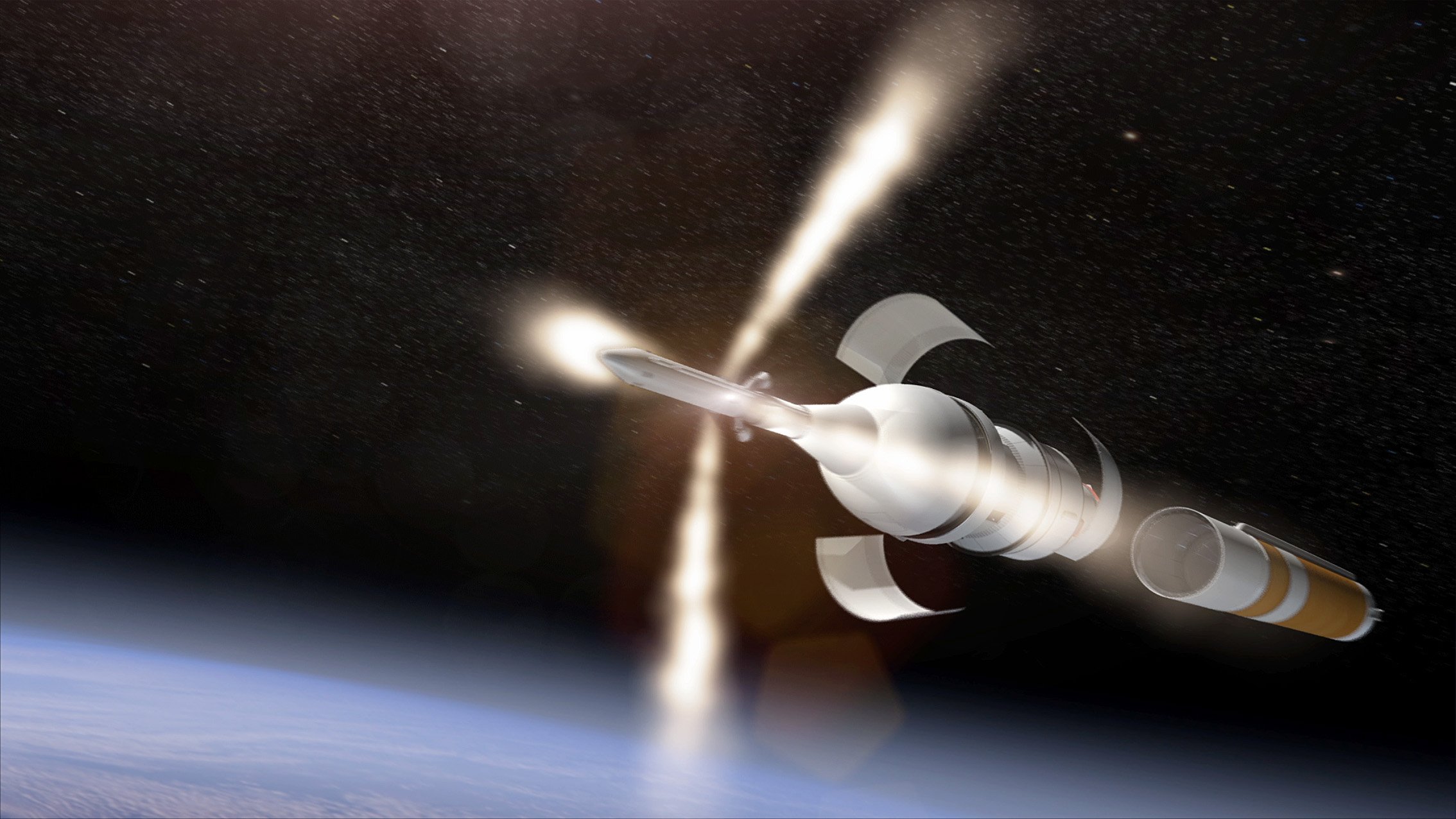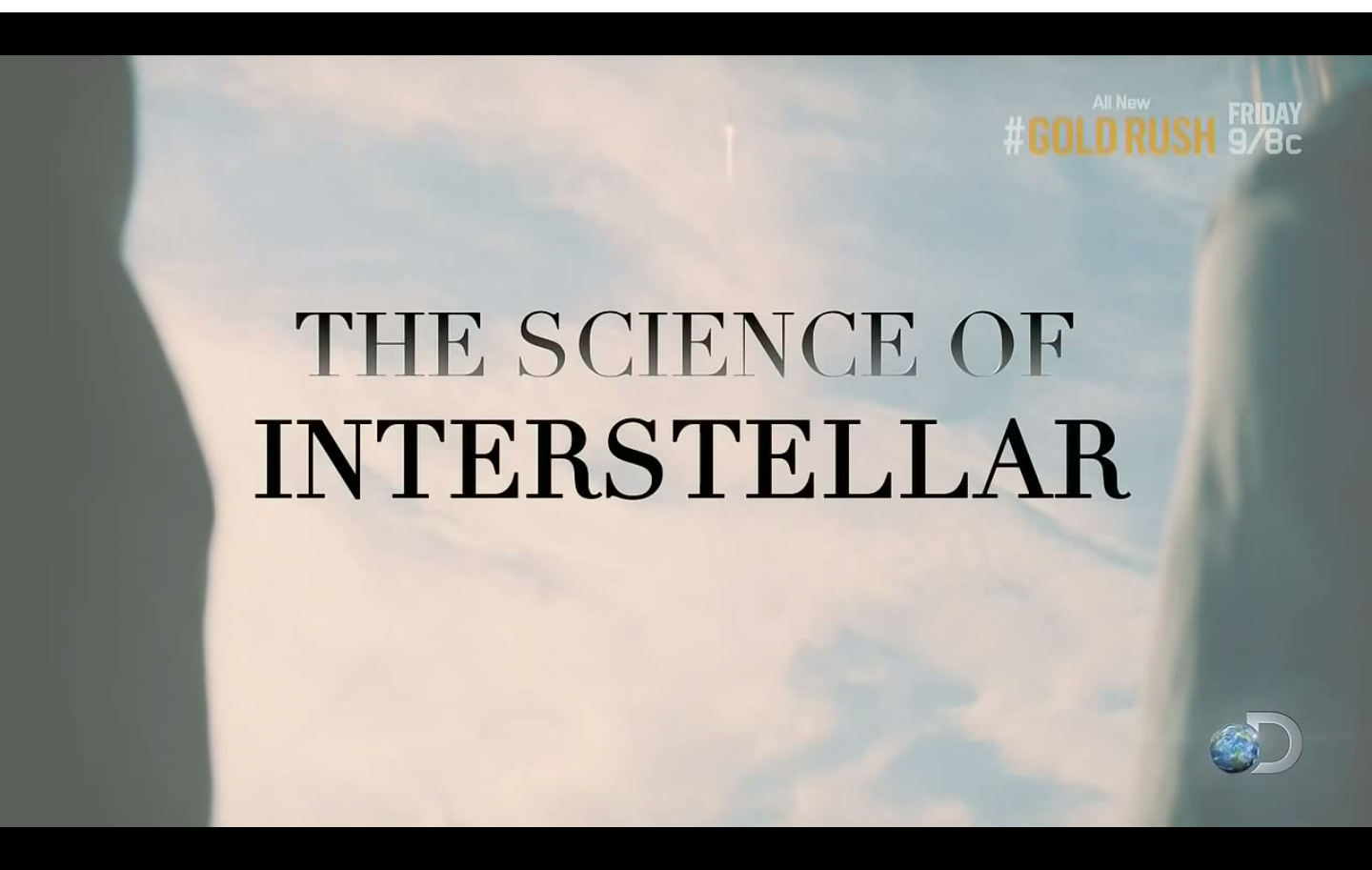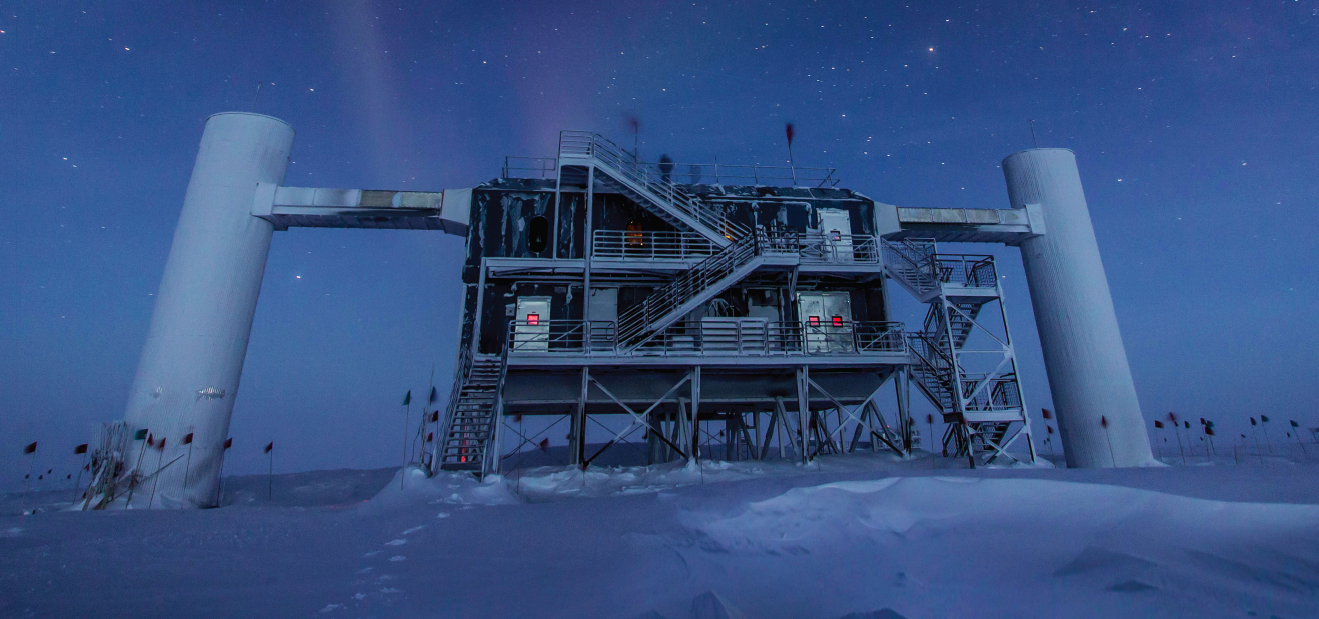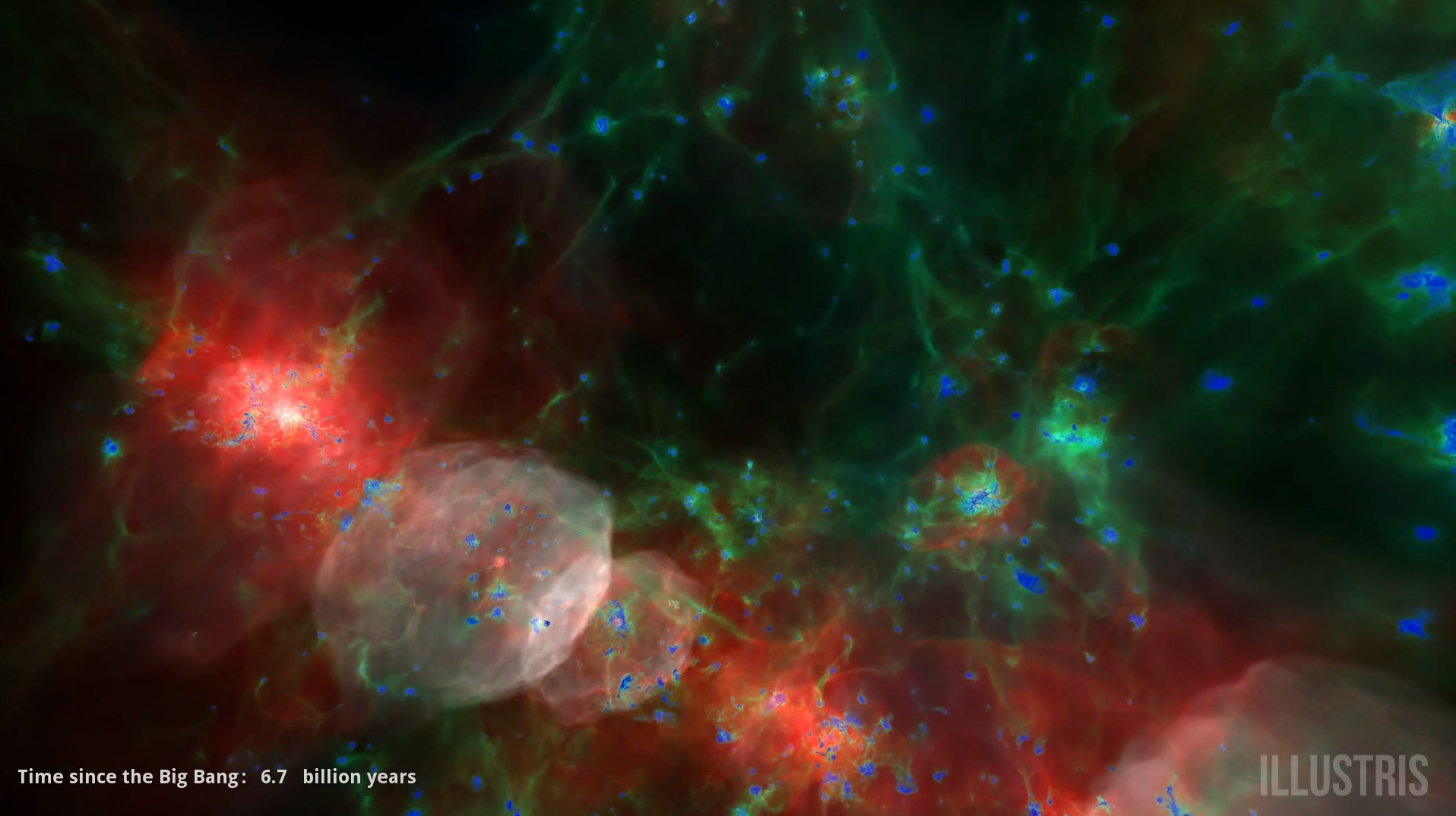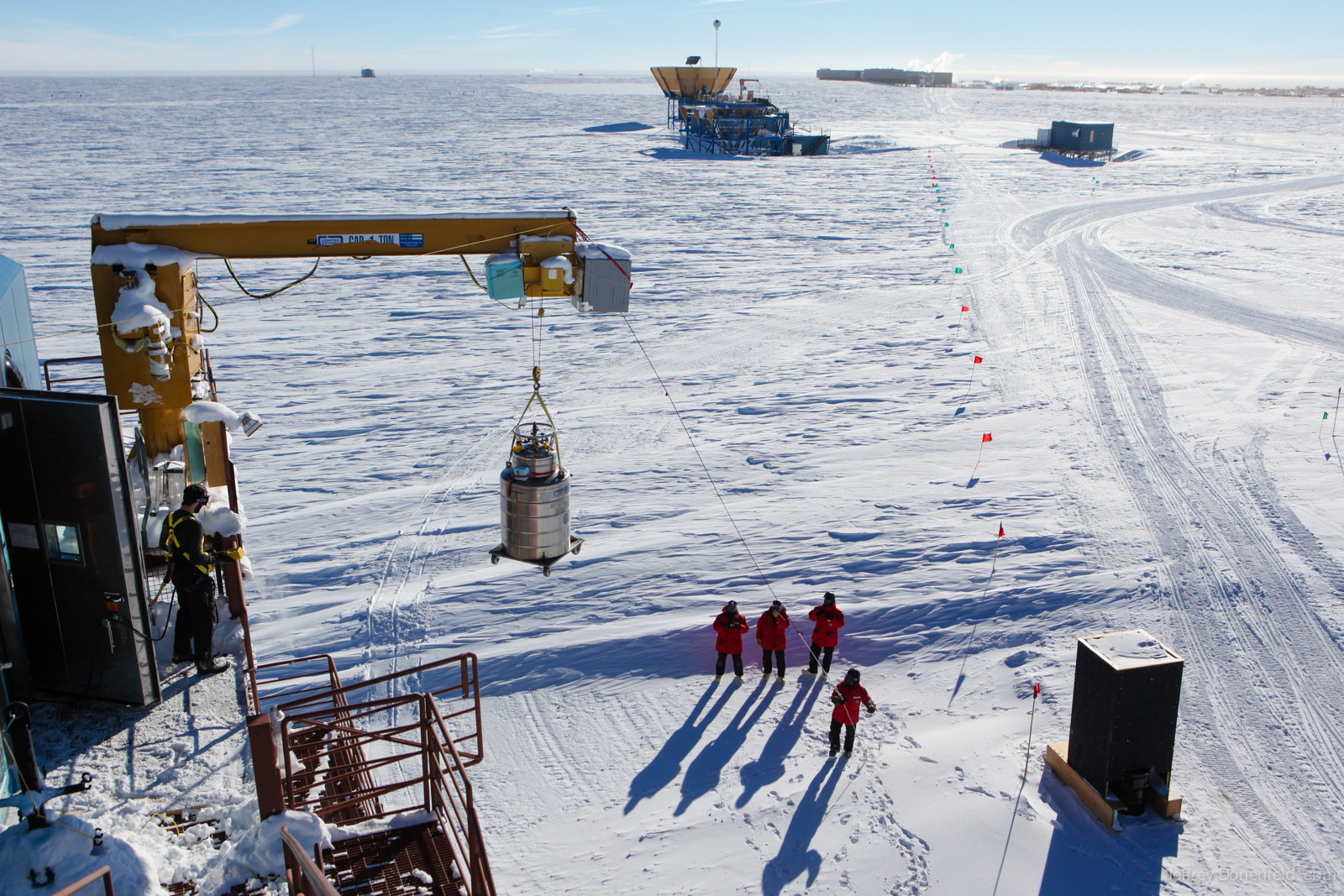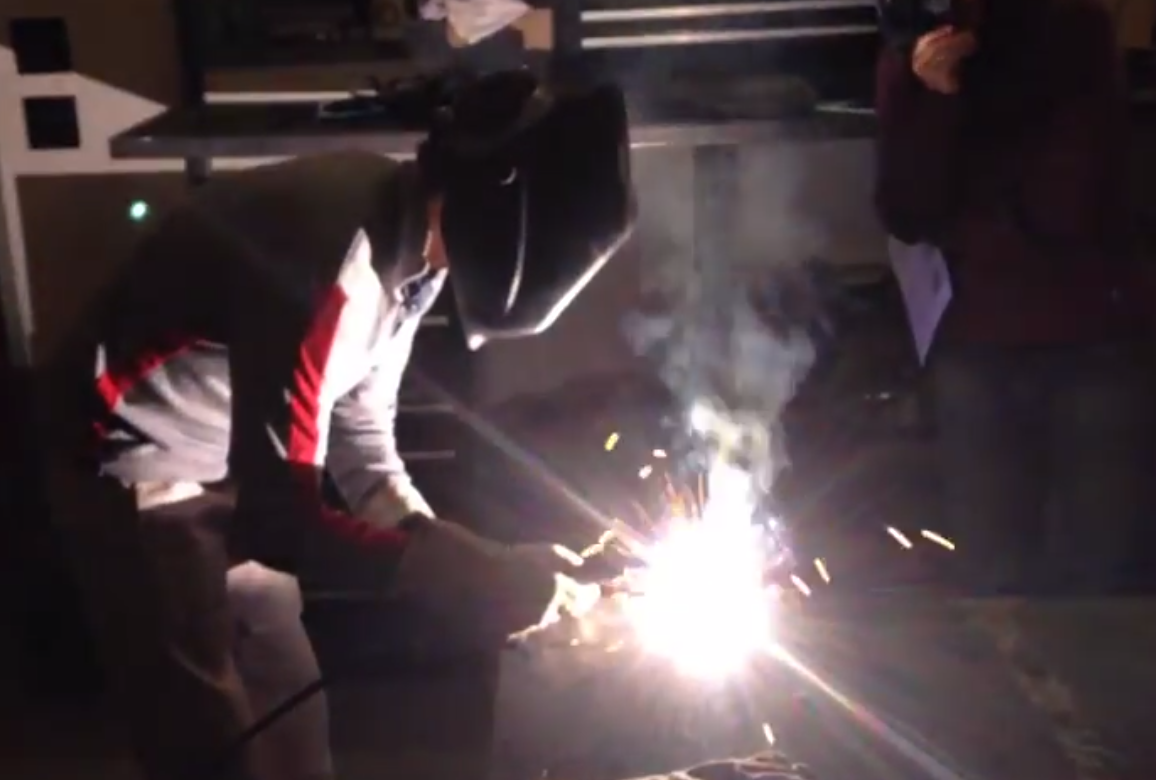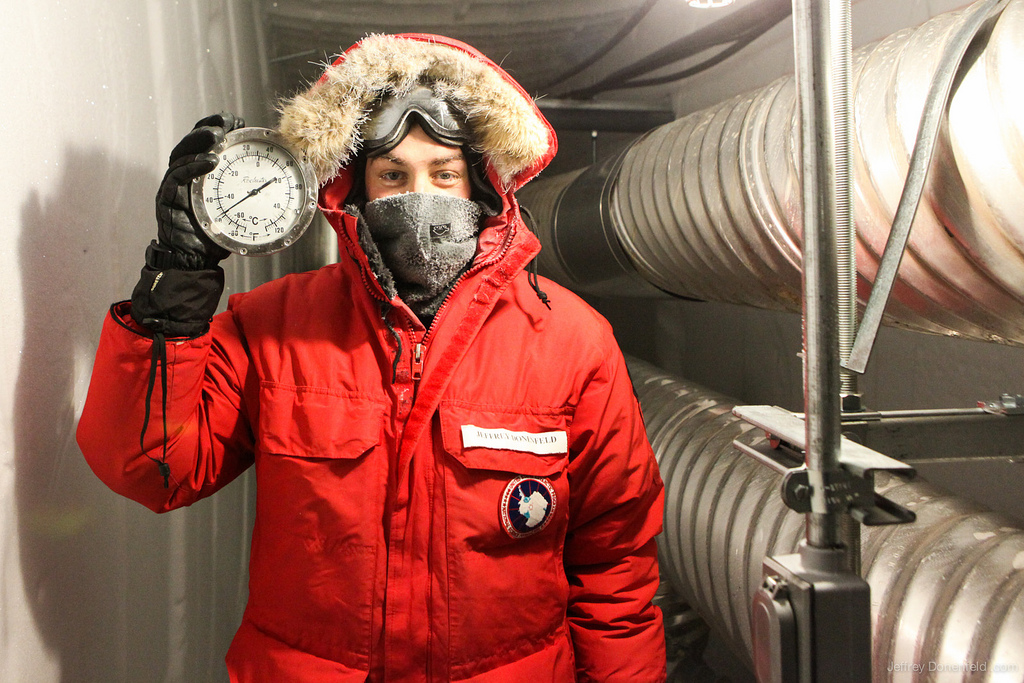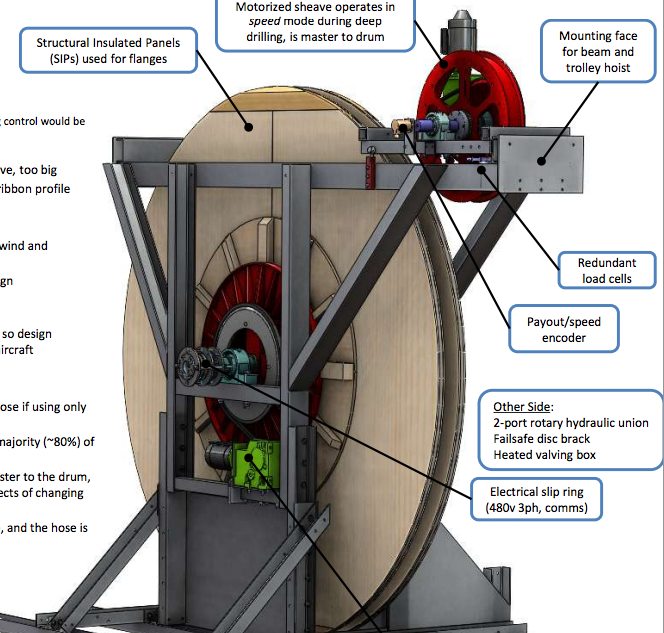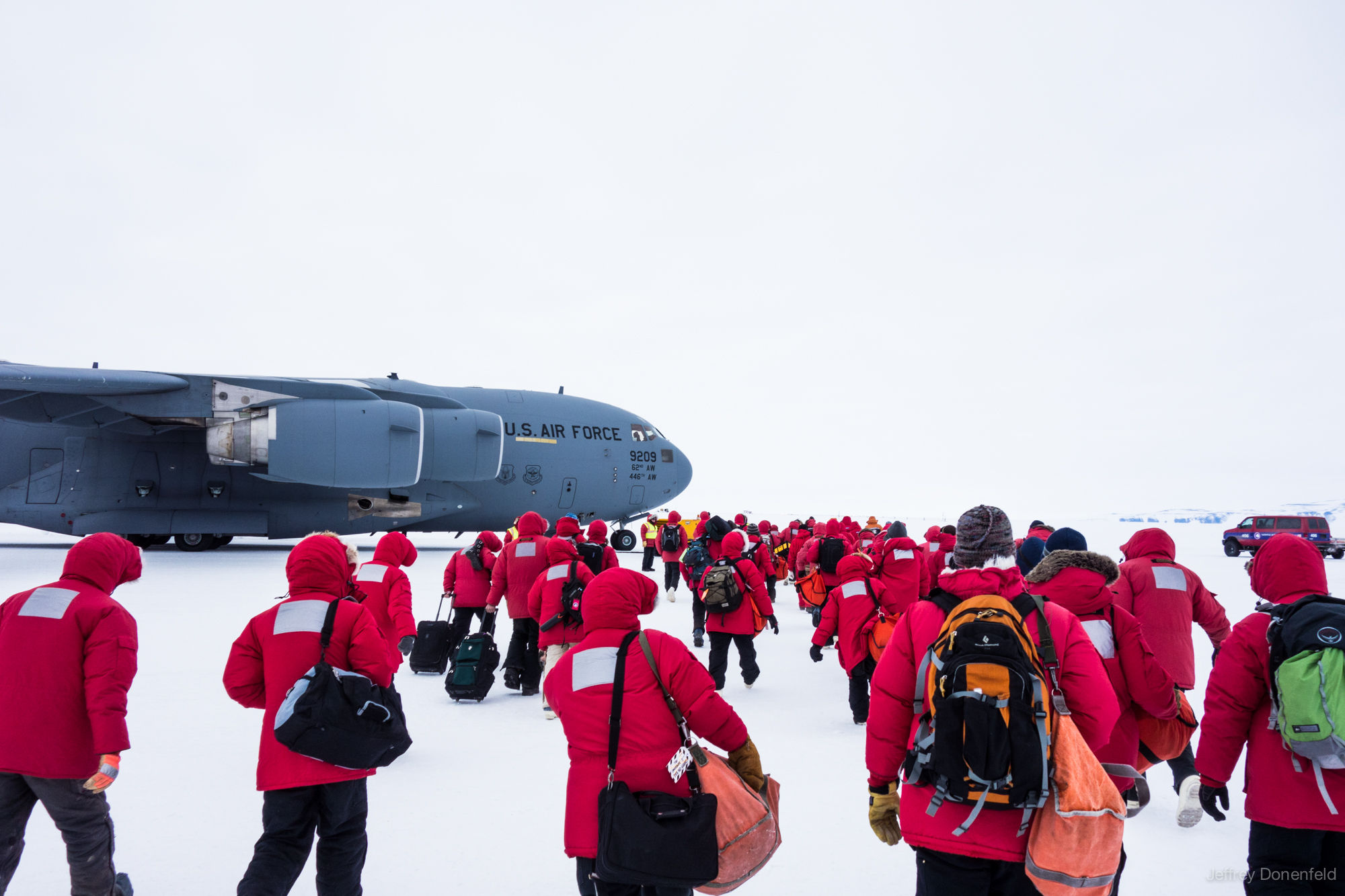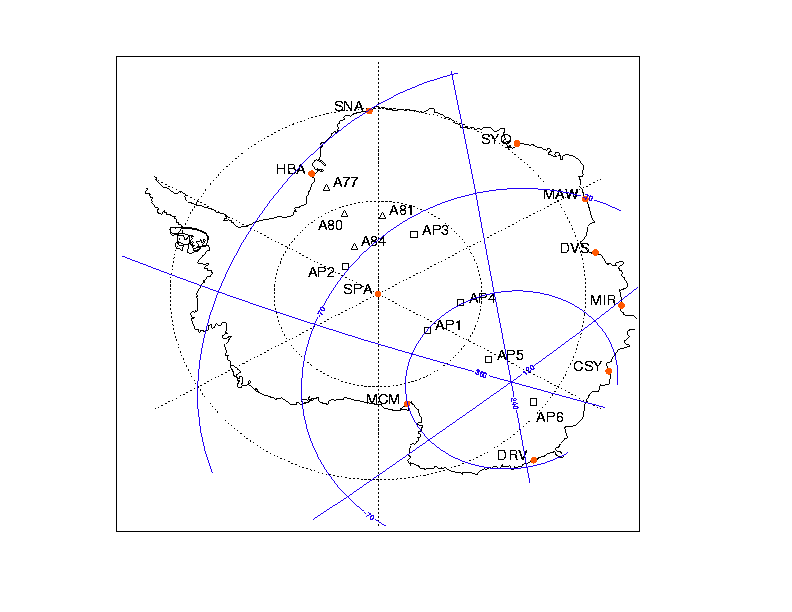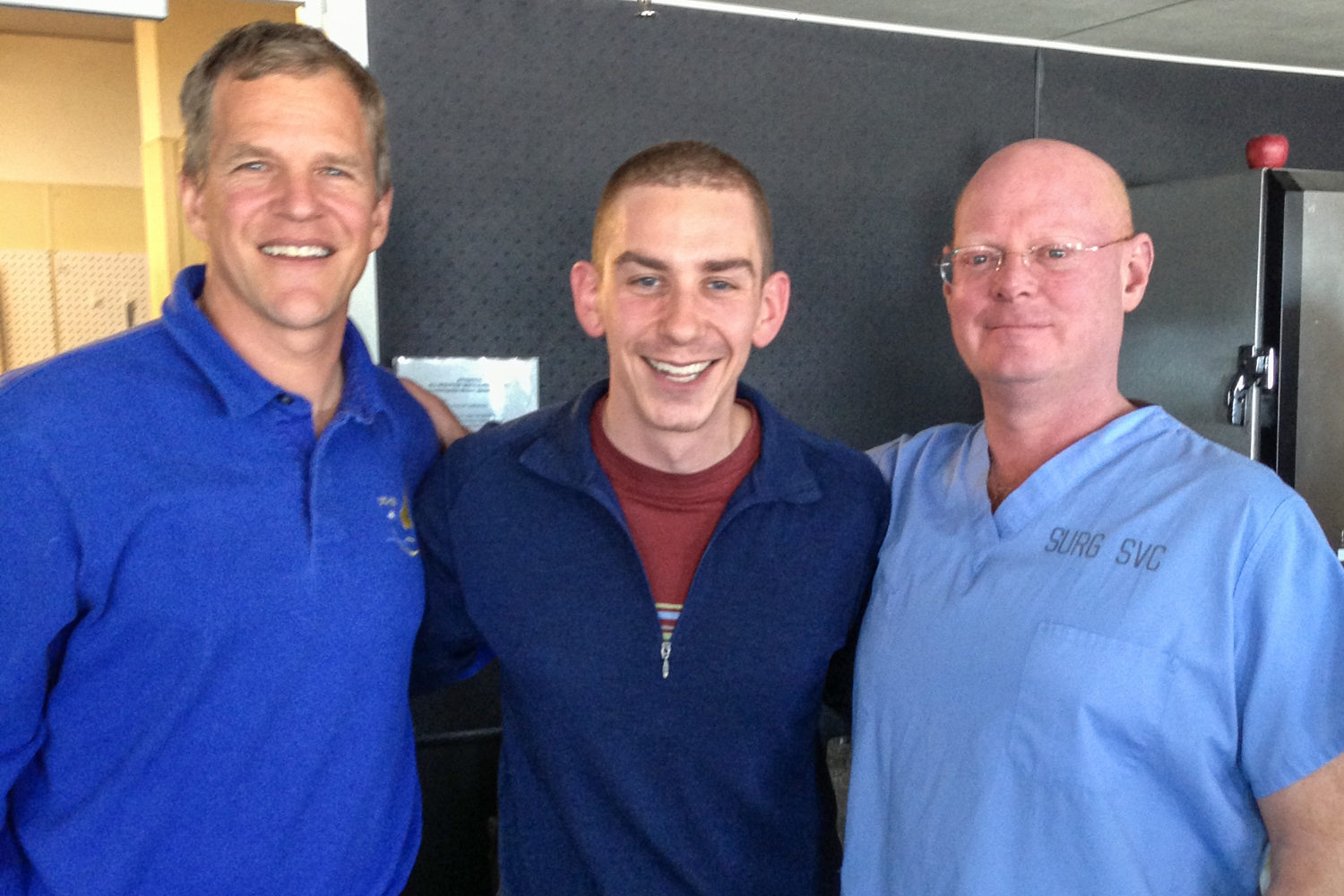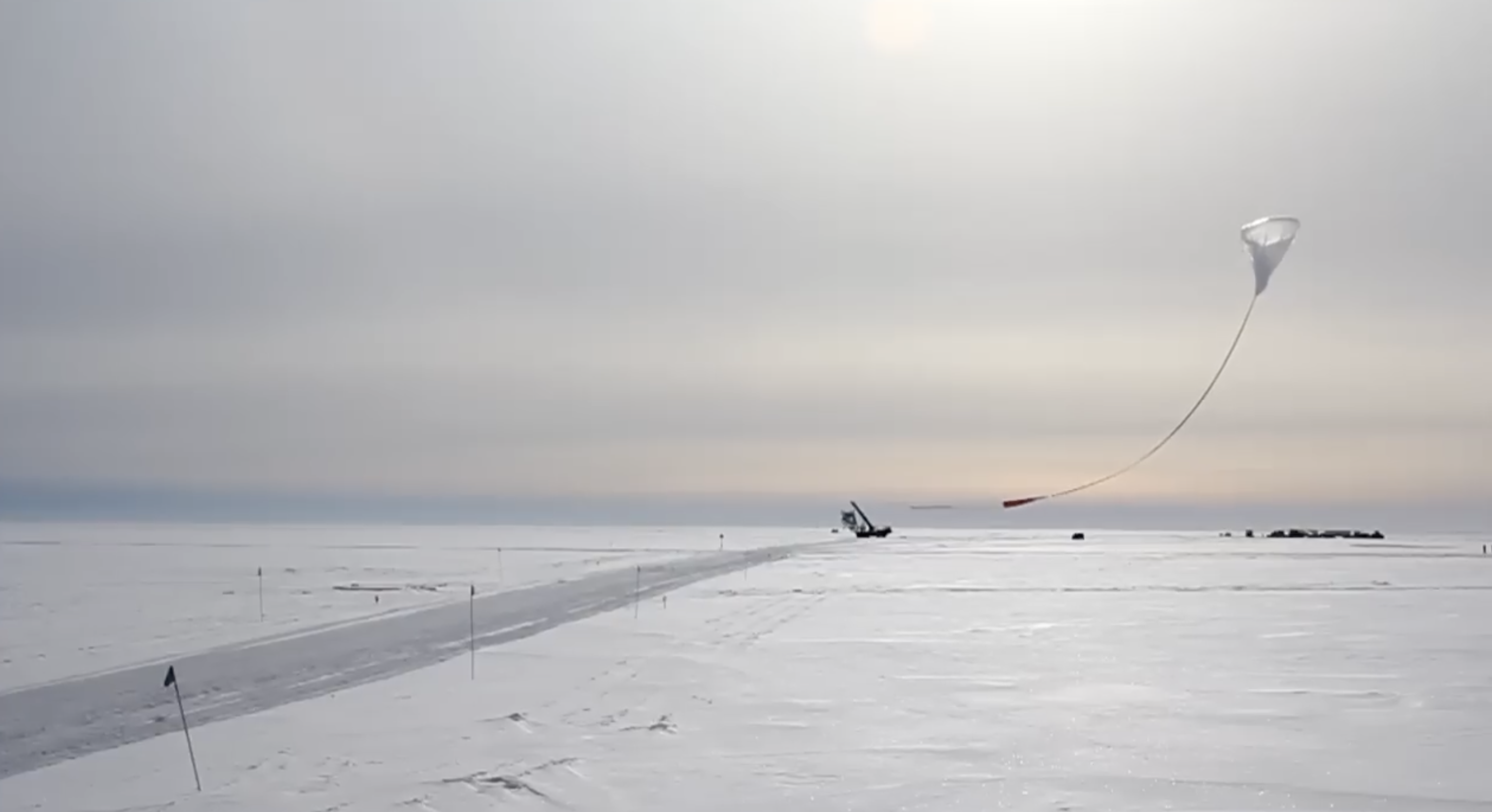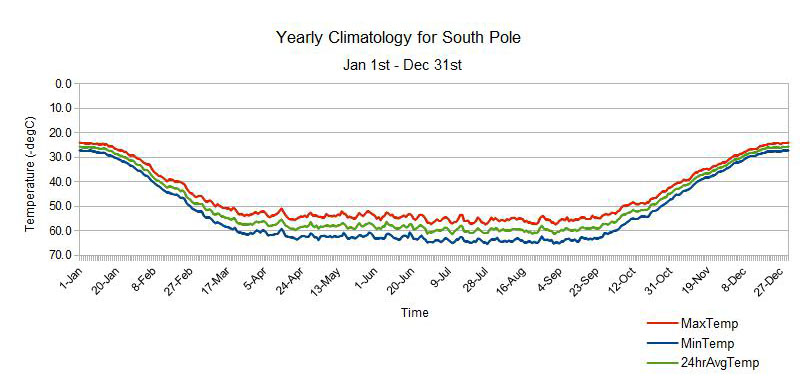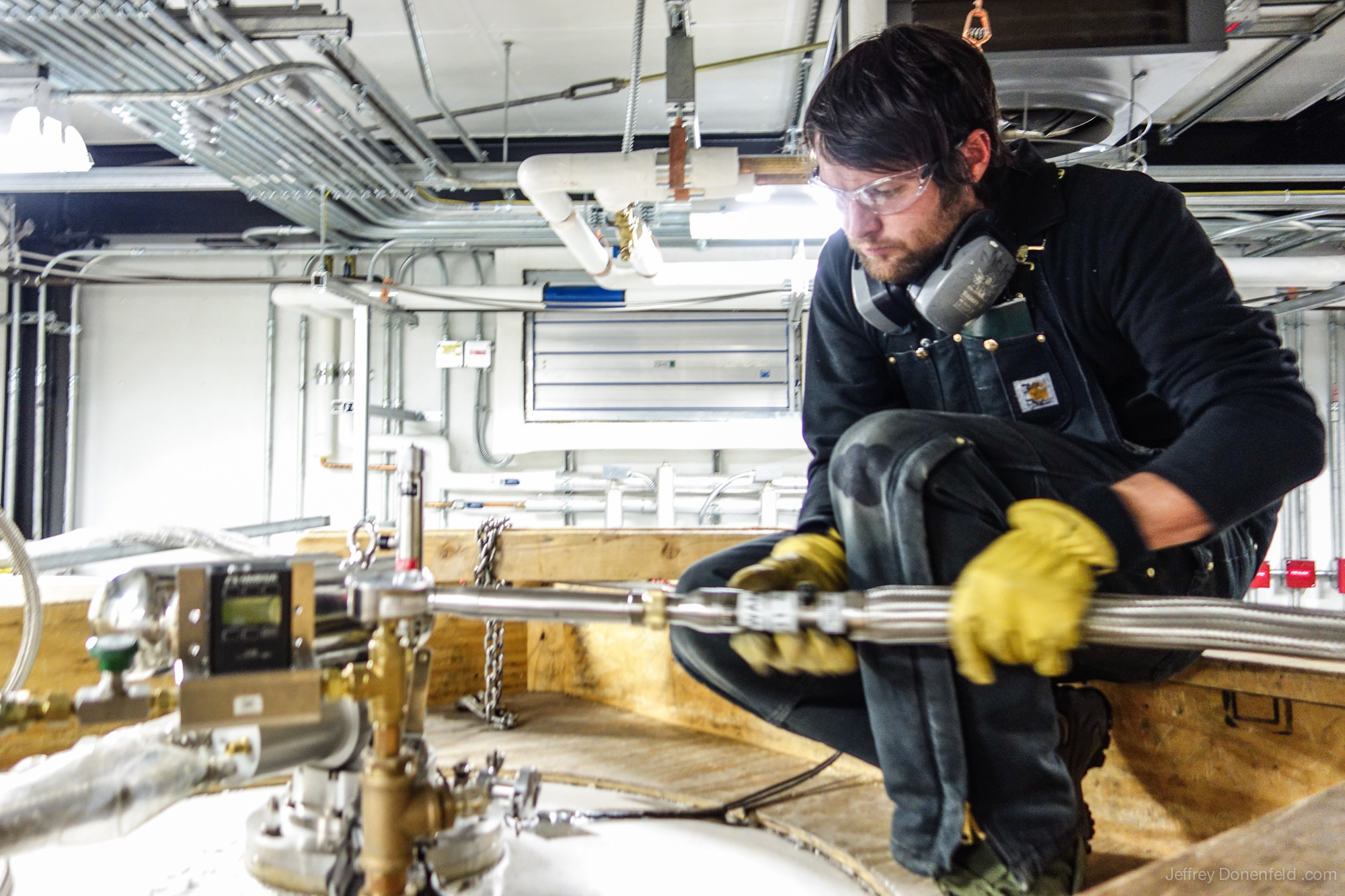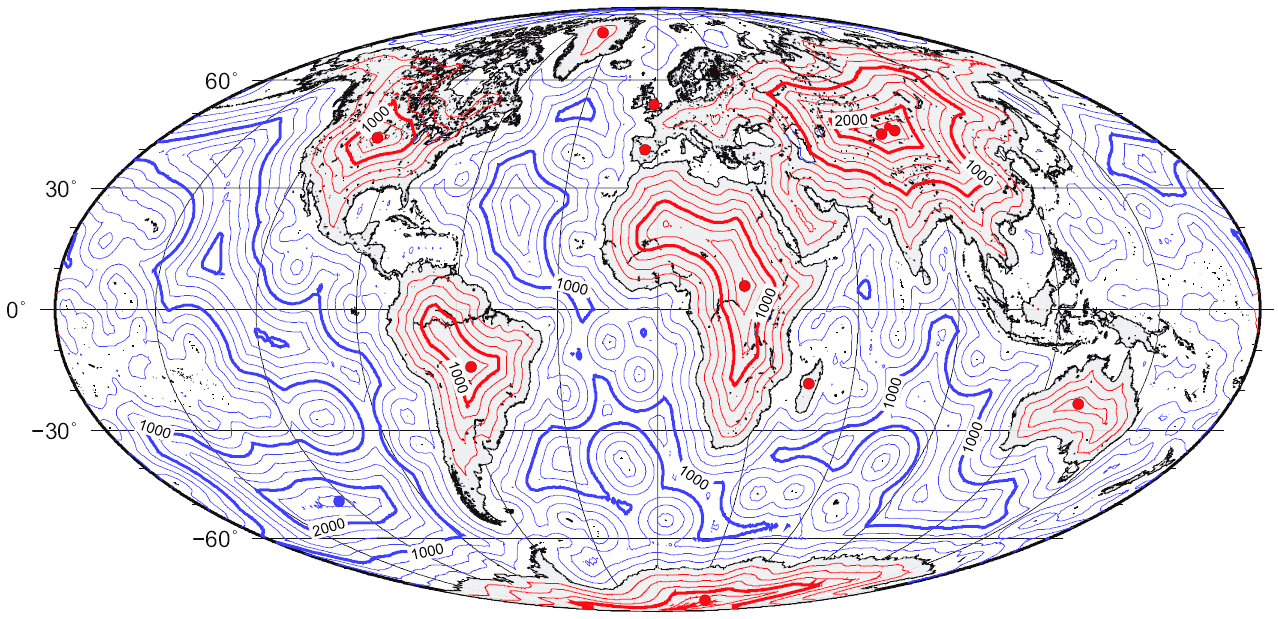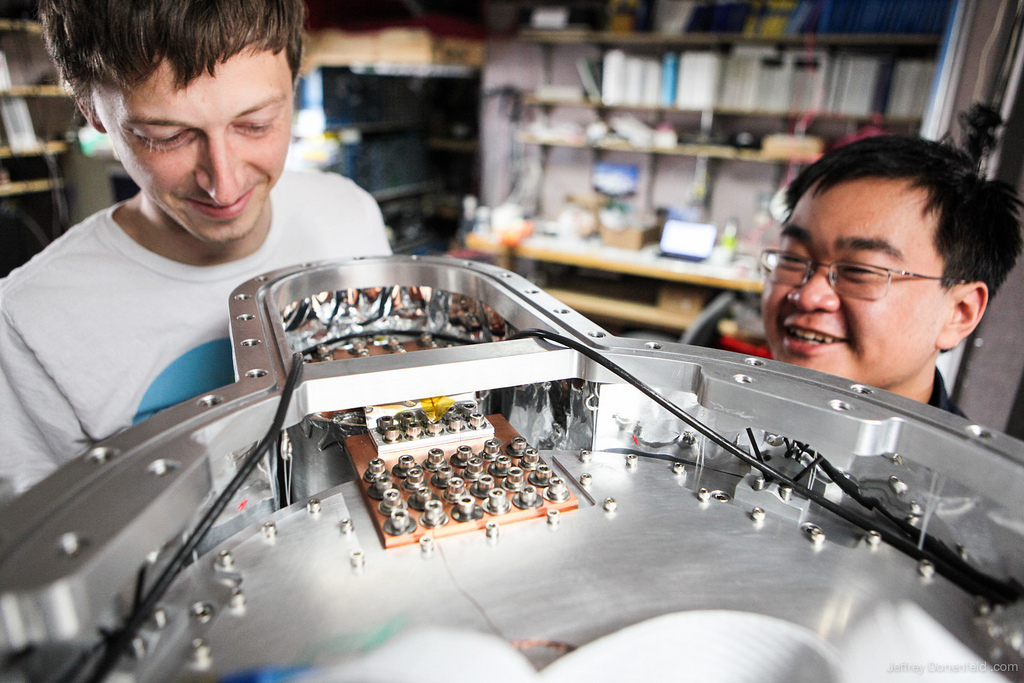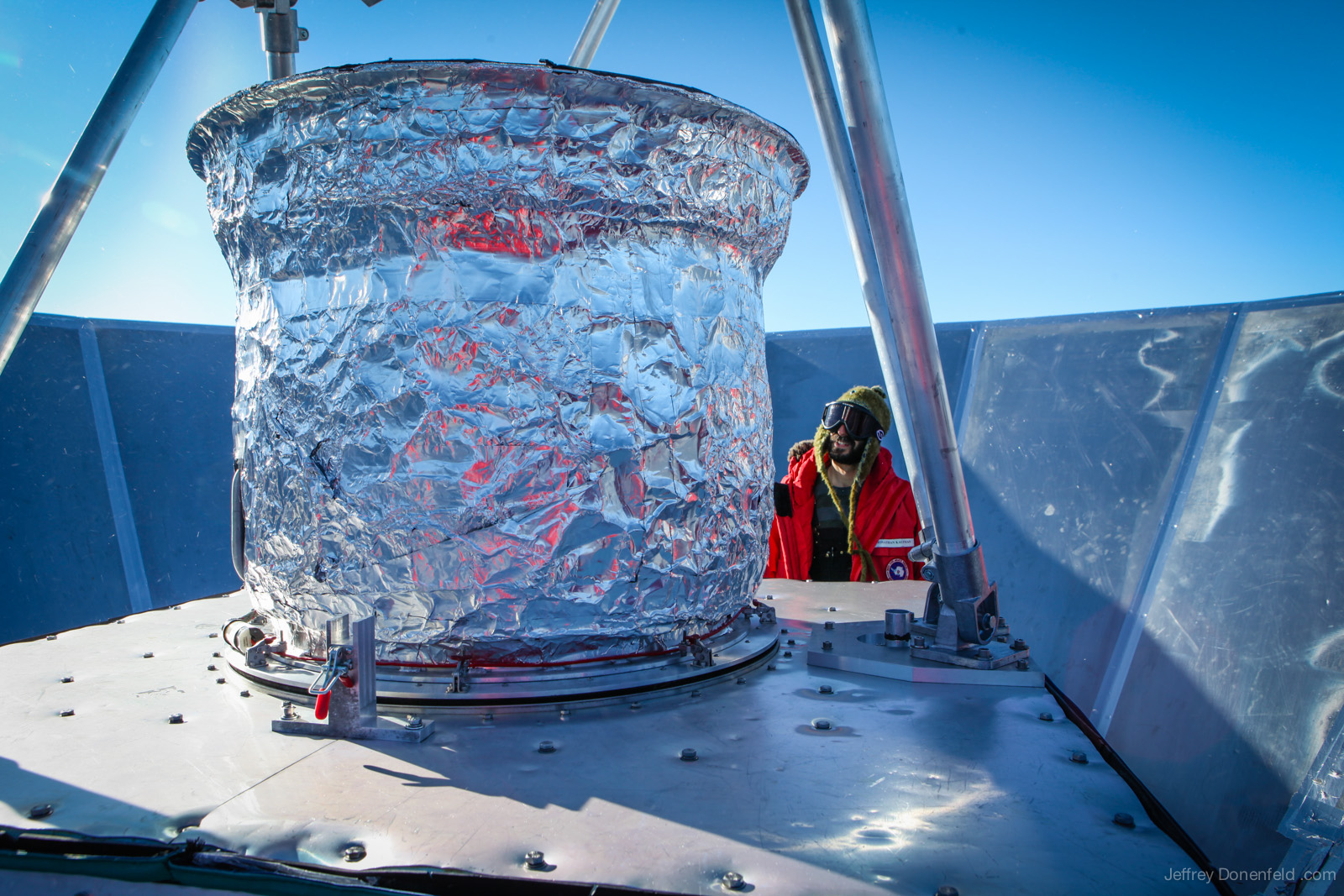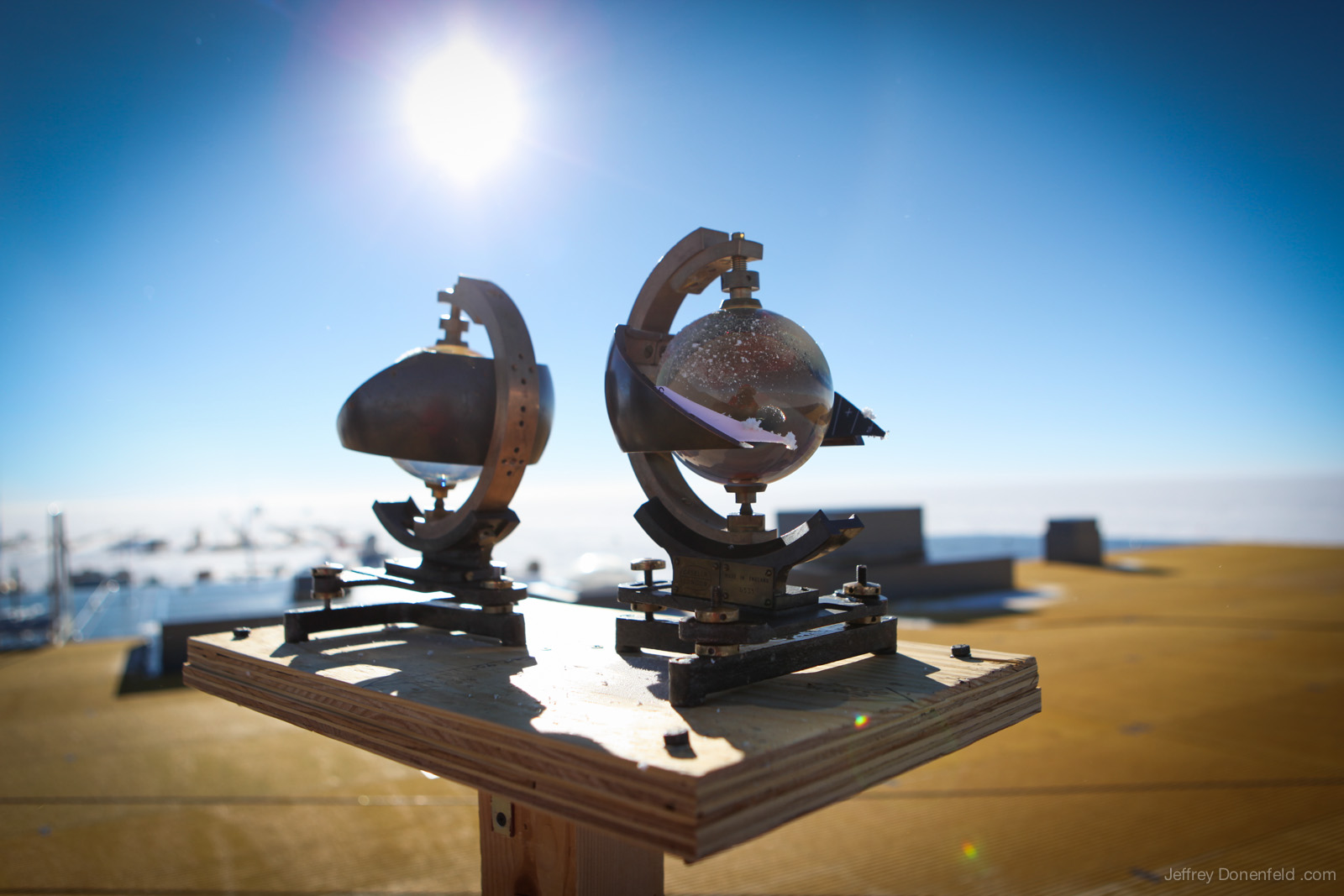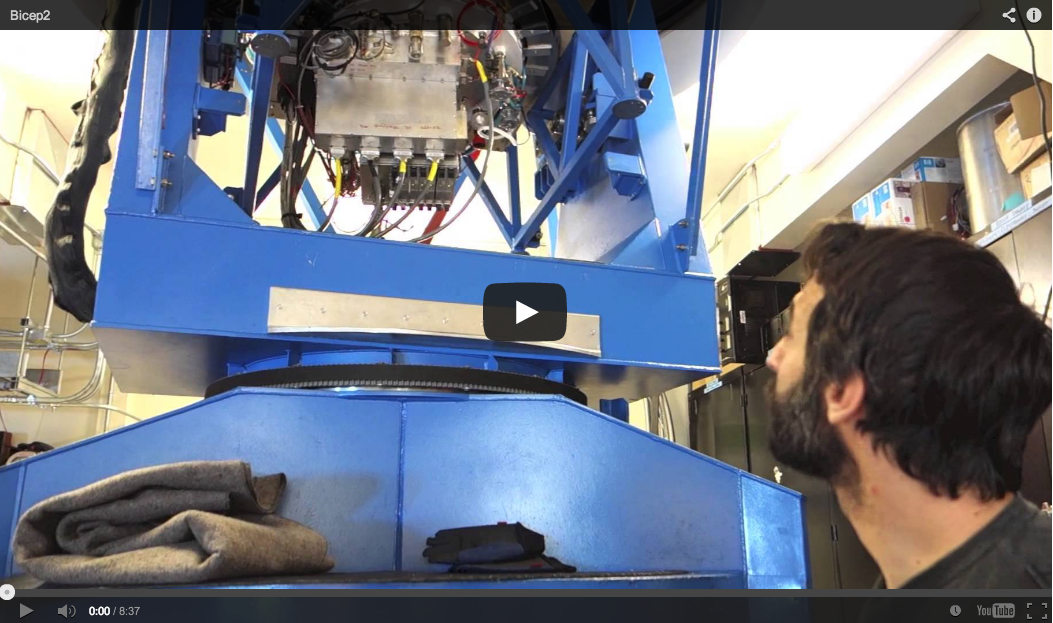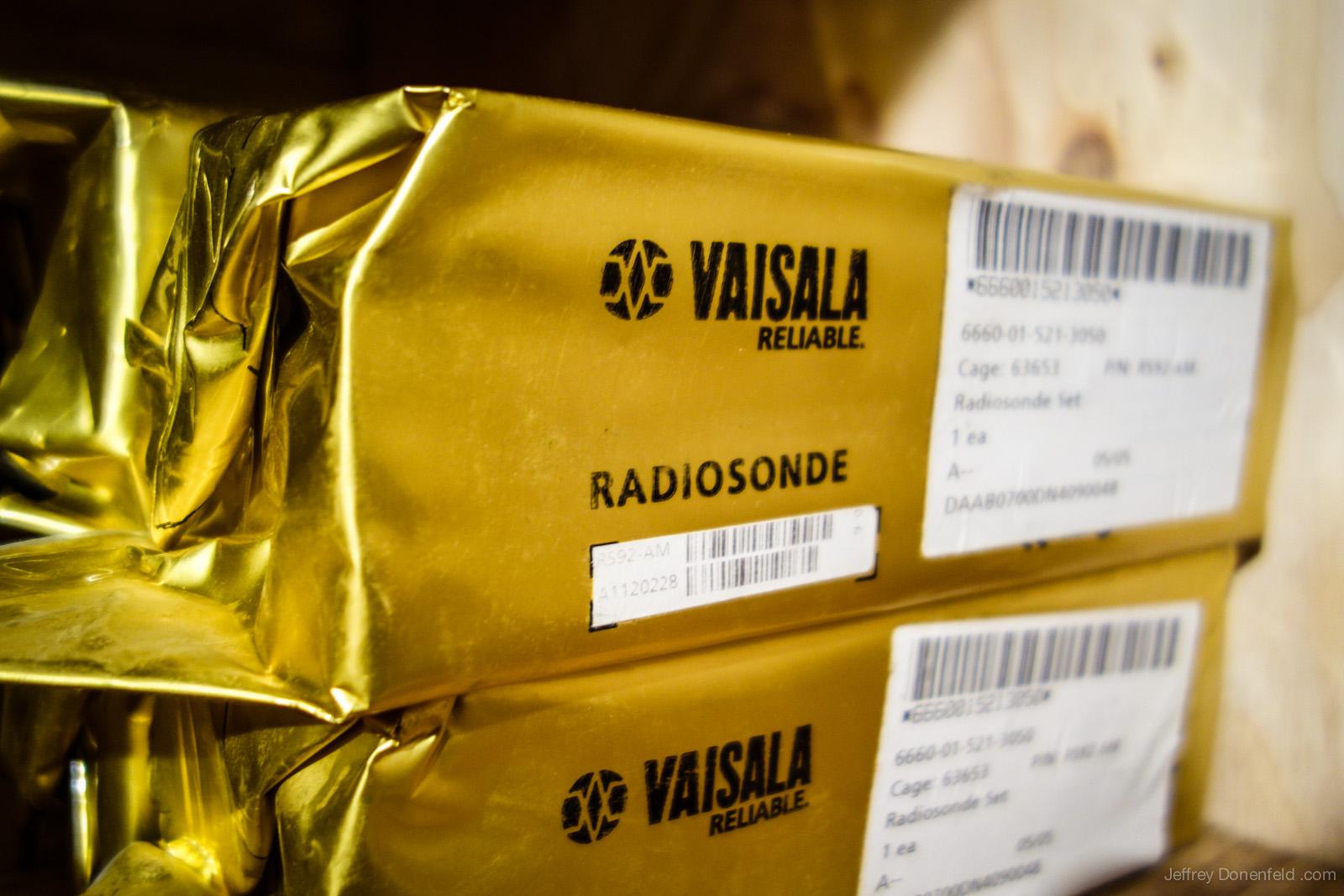Category: Science
-
LG NOVA Webinar Series: Innovation 2023 – Digital Health
–
At a healthcare innovation session, experts Singh and Sabo from LG Nova Digital Health discussed challenges and opportunities in digital health, including interoperability, privacy, and infrastructure. They explored AI’s role in streamlining patient care, such as through elective surgery backlog reduction, robotic surgery, and operations management. The webinar emphasized using digital advancements to improve care…
-
Viewing the Total Solar Eclipse, August 21st, 2017
–
A few of my shots, and NASA’s map from today’s spectacular Total Solar Eclipse, which I viewed from Guernsey, Wyoming.
-
Orion – NASA’s Newest Spacecraft
–
Love this explainer video – can’t wait for the first full launch! As the flight test of NASA’s Orion spacecraft nears, the agency released Wednesday a video — called “Trial By Fire” — detailing the spacecraft’s test and the critical systems engineers will evaluate during the Dec. 4 flight. Orion is in the final stages…
-
My Footage from the South Pole used in “The Science of Interstellar” Documentary
–
Coinciding with the release of Christopher Nolan’s new movie “Interstellar”, Warner Brothers has released a new documentary called “The Science of Interstellar” – and my footage is in it! The documentary covers the science roots behind the hollywood film, including science looking at the Cosmic Microwave Background. During my time living and working at the…
-
I’m In A Planetarium Show! “Chasing the Ghost Particle”
–
During my deployment to the Amundsen-Scott South Pole Station, Antarctica in the Austral Summer 2012-2013, my good friend Blaise was working with the Daniel M. Soref Planetarium at the Milwaukee Public Museum and the Wisconsin IceCube Particle Astrophysics Center (WIPAC) of the University of Wisconsin–Madison. Throughout the summer season, Blaise worked with a RED HD…
-
The Illustris Project is Simulated Beauty
–
The Illustris Project just released their preliminary results, and it’s nothing short of incredible. Although their simulation is massively complex, I particularly love checking out the fantastic graphics they’re able to generate from the data, available on their media page. Explore the Illustris Simulation Data More on Illustris: Motivation & Big Ideas The standard model…
-
First Results From The BICEP2 CMB Telescope Announced re: Gravitational Waves in the Cosmic Microwave Background
–
A little over a year ago, I had the extraordinary opportunity to work with scientists John Kovac, Jon Kaufman, Howard Hui, and others at the Amundsen-Scott South Pole Station, Antarctica (summary of my experience living and working at the south pole) on the BICEP2 and KECK Array Microwave Telescopes. Learning about how the telescopes worked,…
-
Infographic: Major Icebreakers of the World
–
Great infographic today thanks to the US Coast Guard – a comprehensive review of the world’s major icebreakers. My next task, sail on all of them! From the United States Naval Institute: “The Coast Guard Office of Waterways and Ocean Policy (CG-WWM) began producing the chart of major icebreakers of the world in July 2010.…
-
Learning to MIG Weld
–
Last night I took a class through Denver’s new learning startup Dabble on MIG Welding. The class was taught by structural engineer Nick Geurts of Martino & Luth, Inc.. During the class, hosted in Nick’s backyard garage and workshop, we covered the very basics of welding techniques, and then some of the specifics of entry…
-
The Coldest Place in the World: Dome Argus, East Antarctica
–
NASA recently revealed that a spot in Antarctica just hit a record -135.3 degrees F below zero – that’s cold! In my time at the south pole, the coldest I experienced was -60F – not even close to the record. Fron NBC News: Ice scientist Ted Scambos at the National Snow and Ice Data Center…
-
Scientist Terry Benson Presents On “Innovations in Hot Water Drilling at the South Pole”
–
Last Austral Summer, I spent 3.5 months living at the Amundsen-Scott South Pole Station, Antarctica. Among my many jobs on station, one of the most rewarding was the work I did with the Askaryan Radio Array drill and deployment teams. During my time working with the ARA, I got to spend some good time with…
-
Government Shutdown Halts United States Antarctic Program – Save Science in Antarctica!
–
It’s truly a sad day for Antarctica. Because of the government furlough, science operations in Antarctica is being shut down as funds dry up, as a “result of the absence of appropriation and the Antideficiency Act.”, according to the official USAP.gov website. Amidst all of the other shakeup and struggle operations in Antarctica have gone…
-
Building Electronics For Antarctica’s Automatic Geophysical Observatories Network
–
Among the many science experiments taking place at South Pole one of the more interesting field experiments is AGO – the Automatic Geophysical Observatories Network. While Research Scientist Dr. Bob Melville and his team were stationed here at the South Pole Station, I had the opportunuty to help build various electronics, which were subsequently installed…
-
An Astronaut at the South Pole: Dr. Scott Parazynski Visits The Amundsen-Scott South Pole Station
–
Here at the south pole, we get lots of visitors – and many of them are extremely interesting. This past week I had the honor of meeting NASA Astronaut Scott E. Parazynski, MD. Dr. Parazynzki is now working as the Medical Director of the United States Antarctic Program. Having dinner with both Dr. Parazynzki as…
-
The BLAST-Pol Balloon-Borne Submillimeter-Wave Telescope Launches From McMurdo Station, Antarctica
–
Although this happened at McMurdo and I didn’t get to see it personally, it’s still cool – a high altitude weather balloon launch in Antarctica. BLAST-Pol is a balloon-borne submillimeter-wave telescope designed to study star formation in our galaxy. It was launched on its 2012 long-duration stratospheric balloon flight by the crew of NASA’s Columbia…
-
Is It Really Snowing At The South Pole?
–
Last week, amidst some interesting weather, blowing snow, and what looked like (to the untrained observer) real snow falling, I reported that we were actually getting snow at the South Pole. As it turns out, the precipitation we received here was actually “snow grains”, not real snow. To clear up a bit of the confusion,…
-
Cryo Barn’s Last Liquid Helium Transfer
–
The South Pole Cryogenics Laboratory, usually known as Cryo Barn, was originally established to service various telescopes and science experiments with cryogenic cooling liquids such as Liquid Helium and Liquid Nitrogen. However, in recent years, most new experiments which operate at cold temperatures have been of the “closed loop” variety – that is, they don’t…
-
The Southern Pole Of Inaccessibility
–
Since moving to the south pole, I’ve learned an incredible amount of new terms to describe the area around where I’m living. One such term is “Pole of Inaccessibility”. From Wikipedia: The southern pole of inaccessibility is the point on the Antarctic continent most distant from the Southern Ocean. A variety of coordinate locations have…
-
Getting To The Heart Of The Keck Array Microwave Telescope: Cryostat Disassembly
–
This week, I was fortunate to be given unprecedented access to the Keck Array Microwave Telescope in the MAPO Observatory at the Amundsen-Scott South Pole Station by the Keck Array Science Team, in order to witness the disassembly of two of the five cryostats that form the telscope array. Photos. The Keck array is a…
-
Refilling the Liquid Helium of Bicep2
–
A week or two ago, Physicist Jon Kaufman gave me a brief tour of the Bicep2 Microwave Telescope, operating here at the South Pole. Aa I reported earlier, the telescope operates at a very very low temperature – only a few millikelvin above absolute zero. In this particular telescope, to get down to that temperature,…
-
The South Pole’s Campbell–Stokes Sunshine Recorder
–
High up on the roof of the incredibly sophisticated Amundsen-Scott South Pole Station, there exists an extremely low-tech piece of equipment: The Campbell-Stokes Sunshine Recorder. Photos. From Wikipedia: The Campbell–Stokes recorder (sometimes called a Stokes sphere) is a kind of sunshine recorder. It was invented by John Francis Campbell in 1853 and modified in 1879…
-
Touring the Bicep2 Microwave Telescope with Physicist Jonathan Kaufman
–
South Pole is home to many, many world-class science experiments, laboratories, and telescopes. One such telescope is the Bicep2 Microwave Telescope. On the ice this year working on the hardware and software is Physicist Jonathan Kaufman. Yesterday, Jon was nice enough to give me a quick tour of the telescope and lab, as well as…
-
My First Sundog
–
This past week, while I was hanging out with Utility Technician Charles “Chuckles” Letourneau, I saw my first Antarctic Sundog, or “Parhelion”. A quick description of this spectacularly beautiful atmospheric phenomenon from Wikipedia: Sundogs are made commonly of plate-shaped hexagonal ice crystals in high and cold cirrus clouds or, during very cold weather, by ice…
-
Launching a Meteorological Balloon with South Pole Meteorologist Phillip Marzette
–
The weather here at the South Pole is intense – one day it’s crazy storms, the next day it’s sunny and nice – and it’s always cold. Detailed weather observation and reporting happens daily here, and the man in charge of it all is Meterologist Phillip Marzette. The other day, Phil let me tag along…
